Together with photography, archaeological drawings are an integral part of the visual documentation in the excavation which can be immediately understood even by non-experts. This course is an introduction to drawing of ceramic sherds and vessels in archaeology. It aims at introducing archaeology students and draftspersons to the basic tools and skills they need to know to draw ceramics by hand. This guide is based on the experience gathered in numerous excavations carried out in different countries over several years.Starting with the tools and material needed, the course develops from drawing simple ceramic profiles to the representation of different types of decoration.
This course teaches you basic knowledge about a new technology which revolutionizes archaeological field documentation. We are talking about 3D photogrammetry, which is a type of software enabling users to generate 3D models by taking many images of features and objects. The lessons comprise the multitude of insights you need to collect during the first years of applying this technology, hopefully they will save you some mistakes on the road of your project. In the beginning I present a conceptual framework for the application which ought to help recognizing the level of spatial documentation you are working on and how 3D-photogrammetry can replace older methods of spatial documentation. After learning from where you should take images to make a qualitative model, you will also get to know the options of moving the camera. One of the most fascinating way to collect images is the use of UAVs, Unmanned Aerial Vehicles, which will be the technical focus of the course. We present the functions, options and limits of the various hardware components which are necessary to make possible the collection of good images during a UAV flight. After the flight data needs to be stored and processed properly. This course teaches you how to use 3D photogrammetry software properly to produce good results.
As a prerequisite it is assumed that you know the basics about global and local coordinate systems and how to use measuring devices like DGNSS or Total station to acquire coordinates.
As a prerequisite it is assumed that you know the basics about global and local coordinate systems and how to use measuring devices like DGNSS or Total station to acquire coordinates.
iDAI.Field is an open access tool for field documentation developed by the German Archaeological Institute (DAI). It combines features of GIS, photo management, and database management systems in a unique and integrating manner, it aims at facilitating archaeological workflows by reducing the overhead of using multiple systems. It has an adjustable data model and is free to reuse and adjust depending on project needs. This course introduces this tool and provides the necessary basic information to help you use it for your project.
Over the last couple of decades, scientific breakthroughs in the field of space science meant that better earth observation satellites are constantly being launched, significantly decreasing the ground and temporal resolutions and revolutionizing the way we look and study Earth and its processes. Archaeology is picking up on this trend and the number of remote sensing oriented archaeological studies is increasing every year. This tutorial is aimed at guiding the reader through the basics of Optical and Microwave Remote Sensing, highlighting the major open source remote sensing image repositories, and discussing several remote sensing methodologies used in archaeological research to map, discover, and monitor archaeological sites.
